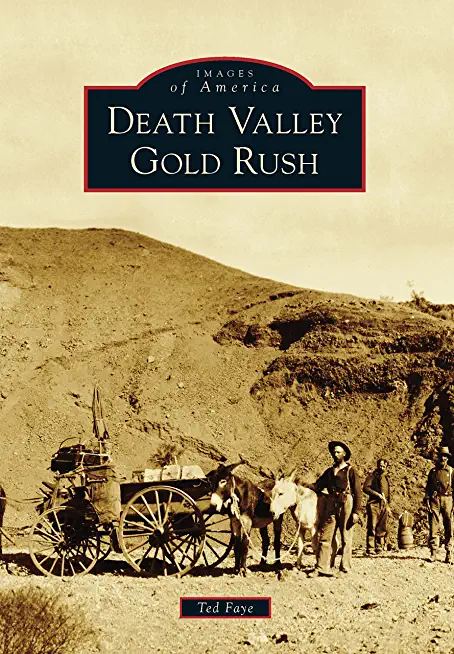
From the mid-19th century to the 1930s, no place in America was more feared or mysterious than the stretch of desert on the California-Nevada border known as Death Valley.
While today Death Valley National Park is seen as a place of natural beauty and scenic wonders, there were once rumors of vaporous gases so toxic that birds flying overhead would drop dead instantly. One of the first Americans to encounter this dreaded land was William Lewis Manly, who left his Wisconsin home for California's 1849 Gold Rush and who heroically saved those lost pioneers who would give Death Valley its name. Other pioneers in the early 20th century were Frank Shorty Harris, who made Death Valley's biggest gold strike; the Hoyt brothers, who, in 1908, struck it rich in a place called Skidoo; and in the 1920s, a con man named C.C. Julian, who used the valley's reputation to scam naive investors. There was a time when the entire country seemed to be consumed with news and tales of the Death Valley Gold Rush.
Ted Faye is a documentary filmmaker, exhibit curator, and historical researcher on stories and people of the Death Valley region. Faye has worked with tourism boards on both the state and local levels to develop materials that tell the stories of their communities. He was a historian at US Borax, and many images from this book are from the Borax collection at Death Valley National Park.







